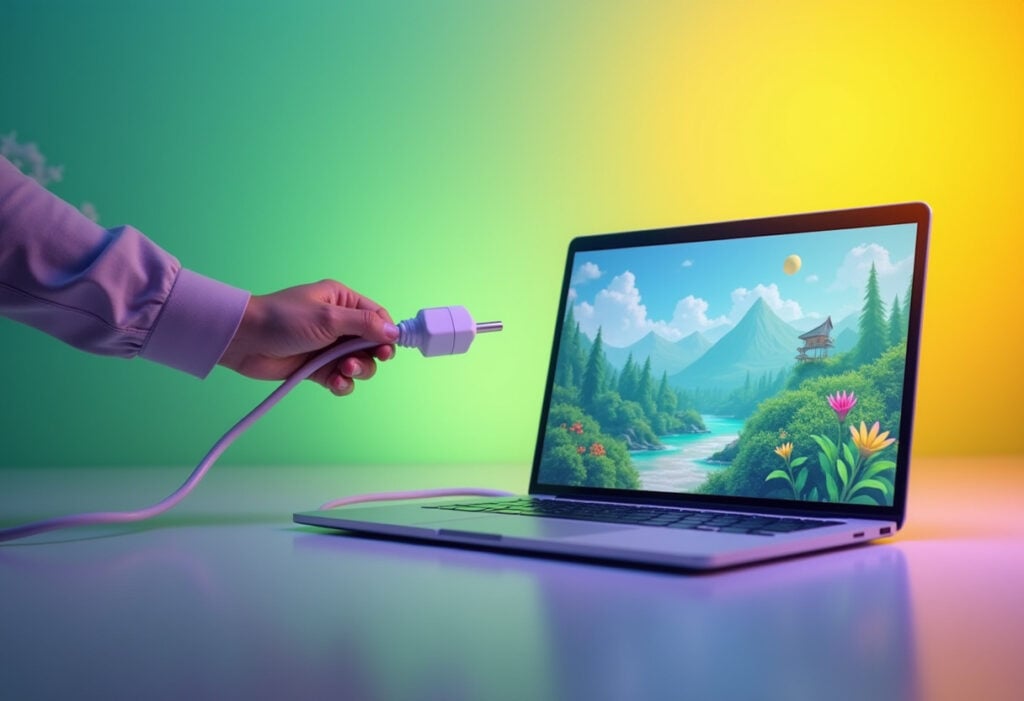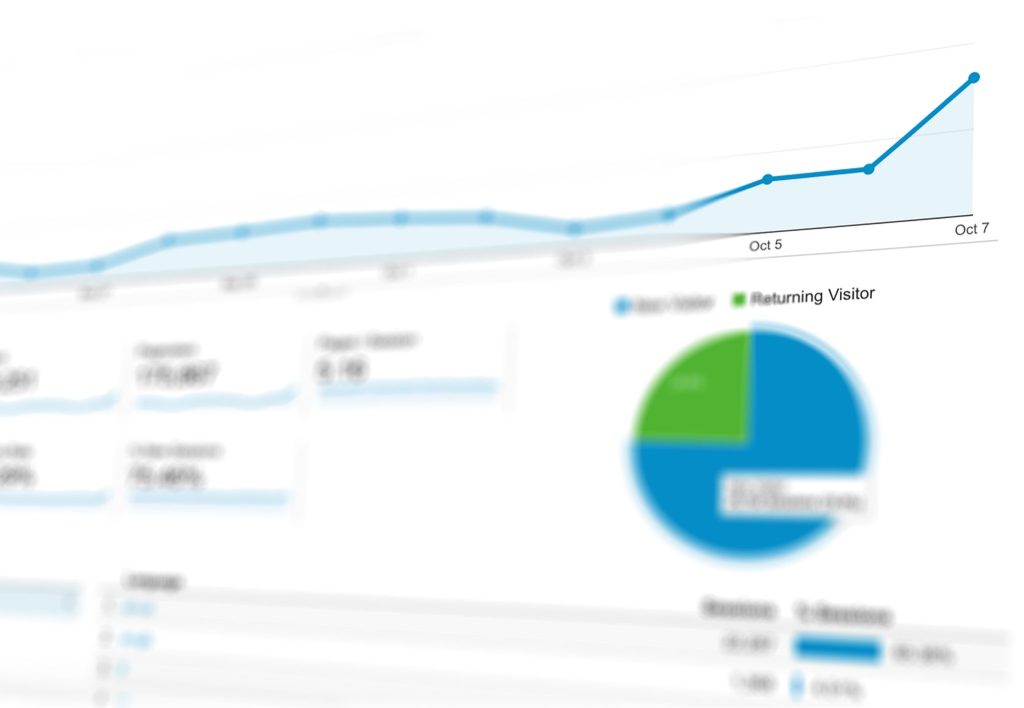- In 2019, Google enabled Mobile first indexing by default for all new websites.
- Mobile accounts for approximately half of web traffic worldwide! In Q4 of 2023, mobile devices accounted for 58.67% of global web traffic.
Mobile first indexing means Google prioritises the mobile version of a website’s content for indexing and ranking. Therefore, if your content isn’t optimised for mobile, this will likely harm your SEO performance and reduce your online visibility.
More users are searching for information using their mobile devices. Optimising for mobile by prioritising mobile first design helps to improve user experience, delivers a faster experience, reduces bounce rates and can improve performance across devices by employing more focused content.
What is Mobile First Design?
Mobile First Design is a web design process where website designers look at how the mobile version of the site will be created, prior to designing the desktop version of the site. This can be done by creating designs for the smallest device types first, then progressing to designing for larger screens.
Find out more about Mobile First Design in our guide to Responsive Web Design.
How did Mobile First Design begin?
- In the beginning of web design, it was assumed that websites would be accessed from desktops first.
- Following this, developers made changes to optimise sites for access on mobile devices.
- This process is known as Graceful Degradation, or Desktop-First Approach.
A disadvantage of this approach is that not all web elements designed for desktop will work on mobile.
- As a response to this issue, Progressive Advancement or Mobile-First Approach was created.
Progressive Advancement or Mobile-First approach is a design process which involves designing for the smallest device type first. Then, more functionality can be added for larger device screen types.
Mobile First vs. Desktop First Design
Pros of mobile first design
Progressive enhancement is about designing for smaller devices first.
- By addressing mobile’s limitations right at the beginning, you will have designed the essential skeleton of your UX and can then work your way up, adding details for more robust, larger formats.
This method has been gaining more and more traction as the mobile usage stats continue to rise and has been included within a lot of best-practice manuals.
Cons of mobile first design
- It can significantly shrink your initial canvas, which can seem a bit limiting at first. However, this may avoid a lot of headaches later on in the process.
Pros of desktop first design
On the other hand, the more traditional approach of graceful degradation starts with desktop, and addresses mobile problems later.
- Using a larger canvas from the beginning will give you more freedom and allows you to focus on a more visually immersive experience.
Cons of desktop first design
- The main obstacle with this method is that it may be difficult to consider the fluidity of the website’s content.
- A desktop-first approach may require you to trim key elements that define your desktop site’s unique identity, potentially resulting in a more generic mobile version.
Either way, there will have to be some sort of compromise if you’re not willing to design two different versions of your website.
Mobile-first Design: Top Tips
- Know the trends
- Design for touch
- Make interactions clear
- Don’t forget navigation
Know the trends
When it comes to research, do not just trust what you learned from the project you completed six months ago. Design and technology are constantly changing, meaning that trends and best practices evolve at the blink of an eye. Make sure you are up to date with what’s happening in the UI/UX world before you make any potentially outdated decisions.
Design for touch
The primary challenges of designing for a pocket-size device lie in drawing a closer relationship to the user’s touch. Replacing the cursor with touch interactions shifts the focus to scrolling, swiping and tapping events.
Make interactions clear
As hover effects are almost obsolete on touchscreen devices, it needs to be made crystal clear that any call-to-actions are clickable elements. Not only will they need to stand out, they also need to be big enough to be easily clickable. Following certain design conventions will make it easier for users to instinctively understand how to interact with the site.
Don’t forget navigation
Keep it simple. Mobile users want straightforward and quick information, so be sure to minimise any complexity with navigation. Explore all your options, from burger menus to icon navigation or slider menus, and see what best suits the type of users likely to be visiting your site. Clear call to actions on your homepage and main landing pages will further aid with your user’s journey.
Consider cutting down some content
As opposed to desktop design, mobile users have a much smaller canvas to focus their attention on. Content will always be of the utmost importance, especially in terms of providing value for the user and improving your SEO as a result. Nevertheless, bear in mind that mobile means more scrolling, so try to ensure that your content is not unnecessarily lengthy.
In the design process, there is no fixed formula. Different projects frequently require a different approach and it is important to consider this as part of your planning process. However, you should keep in mind that mobile and its usage is likely to rise in the coming years.
Yellowball is a web design agency based in London. Contact us today and find out what we can do for your online presence.









